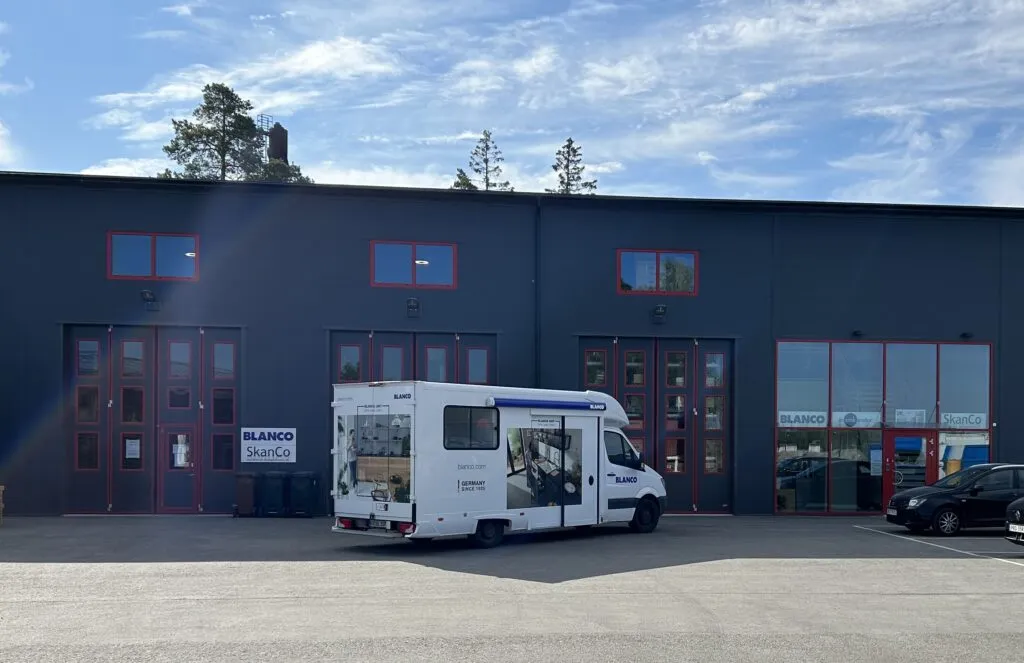
By 18 months nearly all had left, yet improvements were for the most part maintained. A sober living home (SLH) is a residential establishment that provides structure and a sense of community to those healing from substance use disorders. An environment that encourages abstinence also increases their chances of remaining drug-free after an inpatient rehab treatment program. For many, the thought of returning home after addiction treatment can be daunting. Substance abuse can affect all aspects of a person’s life, including =https://ecosoberhouse.com/ how they function in their family, work, and community.

To assess current psychiatric severity we used the Brief Symptom Inventory (Derogatis & Melisaratos, 1983). This 53-item measure assesses severity of psychiatric symptoms on nine clinical scales as well as three global indices. Items are rated on a 5-point scale and ask about symptoms over the past 7 days.

Finally, halfway houses require residents to have completed or be involved in some type of formal treatment. For a variety of reasons some individuals may want to avoid formal treatment programs. Some may have had negative experiences in treatment and therefore seek out alternative paths to recovery.

All sober living homes have a zero-tolerance policy regarding the use of drugs or alcohol. Usually, residents have recently completed inpatient or intensive outpatient treatment for substance use addiction. Sometimes, sober living houses also act as a stand-alone approach for substance misuse problems, meaning that someone will go straight there without first attending a residential treatment center. Finding a path to sobriety and eventual recovery can seem impossible, but hope exists. If you or someone you already know has struggled with addiction, you know firsthand how isolating and overwhelming it can be.
Halfway houses are often a step between prison and Sober living house regular life, while sober living houses are focused recovery spaces that people choose to help them stay sober. Choosing the right one depends on each person’s stage of recovery and specific needs. Sober living houses started in the 1830s when temperance movements promoted “dry hotels” or sober places to live. But it wasn’t until the 20th century that they became the structured, supportive homes we see today.
This is achieved through required sobriety, recovery group attendance, and household participation. Those who live in these houses rent rooms indefinitely and live a life in accordance with their responsibilities, like work and school. Depending on the city, neighborhood and services offered, rent can range from $300 to $2,000 per month. Some sober homes do not require residents to pay utility bills, but utilities may be rationed to avoid waste. In these programs, individuals can develop positive coping skills with the tools necessary to maintain sobriety. We also include supervised, short-term housing to provide support for newly sober individuals.

Halfway houses are very similar to other sober-living residences, and it’s no surprise that people often confuse them. You can also look into Oxford Houses, which provide all recovering users the opportunity to develop comfortable sobriety without relapse. Residents usually sign a contract or written agreement outlining all of the rules and regulations of living at the sober living home. Sober living homes are known for strictly enforcing rules, and violations usually result in eviction. It includes building relationships, supporting others and practicing healthy ways to overcome triggers.
Typically, residents entered these SLHs after establishing some period of sobriety while they resided what is a sober living house in a nearby shelter and attended the outpatient program. A significant strength of the Options houses was that residents were able to maintain low alcohol and drug severity at 12-month follow up. Sober living homes, also known as sober houses, are transitional living spaces for people who want to maintain sobriety. It provides a safe environment for people to focus on their recovery after substance abuse treatment. Finally, sober living homes offer opportunities for personal growth and development.
Recovery is a lifelong journey, and the transition from addiction treatment to sober living can be one of the most critical stages. Sober living homes provide a bridge to help people recovering from addiction maintain abstinence, develop coping skills, and prepare for independent living. With careful planning and the right supportive environment, sober living homes can offer the structure and community necessary to build a substance-free, fulfilling life. Whether you’re just starting your recovery journey or at the halfway point, choosing the right sober living facility is an important step toward a stable and alcohol-free future.
Öppettider
Måndag – Torsdag 7:00 – 16:00
Fredagar 8:00 – 15:00
Lunchstängt 11:30 – 12:30
Jul & Nyår 2024/2025
Måndag 23/12 8:00-12:00
Fredag 27/12 8:00-12:00
Måndag 30/12 8:00-12:00
Torsdag 2/1 8:00-15:00
Fredag 3/1 8:00-15:00
Kontakta oss:
info@skanco.se
08-774 33 00

Tillagd i varukorgen